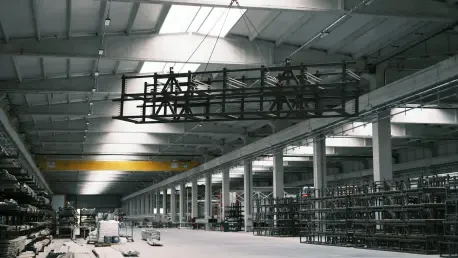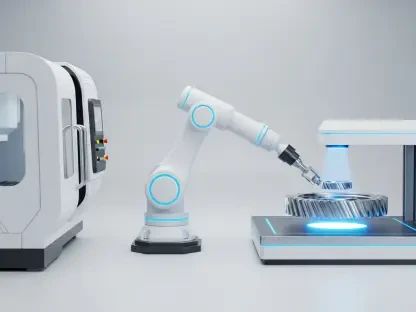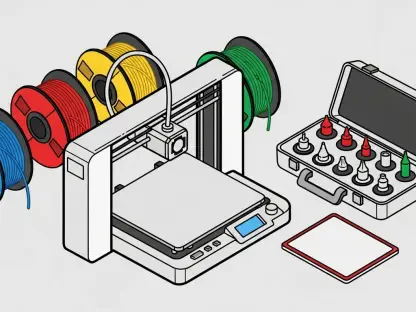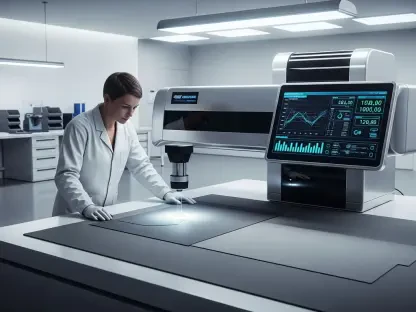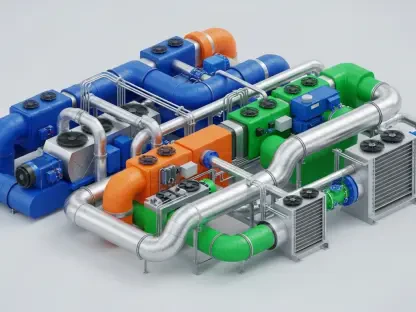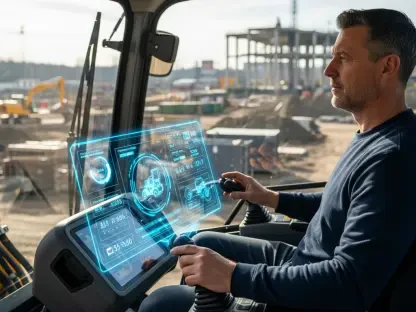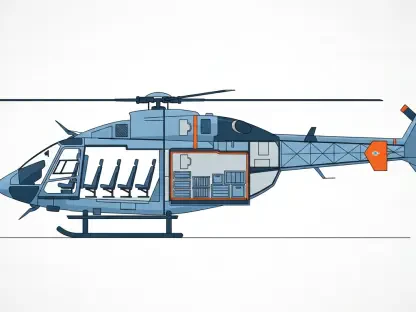A digital twin is a virtual version of a physical product, process, or system used to simulate and improve its real-world counterpart. Using real-time data along with modeling methods, you can mimic the behavior, properties, and performance of the actual item. In other words, it’s like having a digital stand-in you can experiment with before touching the real thing.
Engineering departments can employ these simulation models to smooth the manufacturing process, including design, development, testing, and maintenance, and reduce delays caused by hardware, labor, and materials. Instead of waiting for physical prototypes to fail, teams can spot issues before they cause trouble.
Moreover, they enable greater cooperation between teams and stakeholders, accelerating decision-making and the market cycle. Think of it as everyone working from the same digital playbook, making collaboration faster and smarter. Digital twins also support real-time performance tracking, allowing problems and maintenance requirements to be spotted early on with less downtime and increasing product reliability. This article explores how digital twin technology helps cut production timelines by enabling early issue detection, improving collaboration, optimizing assembly, and driving innovation across key industries.
Early Issue Detection in Control and Automation Systems
Virtual commissioning using a digital twin is becoming popular in industries such as aerospace, telecommunications, and automotive, where complicated systems are typical. By catching expensive problems early on, manufacturers can save a lot of time, money, and hassle. System builders and integrators can complete projects faster, and there is a safe environment when it comes to testing due to virtual commissioning.
An interactive digital replica supports engineers in virtually developing and verifying systems, helping lower physical commissioning expenses and potential failures. Put simply, it’s a smart way to test and tweak everything before anything gets built for real. The strategy is increasingly found in several sectors, such as manufacturing, energy, and transport, to enhance efficiencies, reduce costs, and improve performance.
Collaborate Better, Build Smarter
Digital twins play a big role in manufacturing, as they foster cooperation and heighten productivity. These are the examples of how digital twins are improving teamwork in manufacturing:
Shared Understanding: Digital twins provide significant benefits for collaborative companies by minimizing information gaps in the value chain. However, data sharing in this sector is underexplored in academic literature. While research on digital twins is growing, cross-company applications remain a minor focus. Another group of researchers stressed the importance of simulation technology for teamwork, while a different article notes that the greatest advantages arise when companies collaborate via platforms and cloud services.
Real-Time Monitoring: Monitor the real-time functioning of machines or processes and enable different departments to recognize problems and respond immediately. Instant feedback reaches maintenance or quality assurance teams, enhancing cooperation, which can mitigate downtime.
Testing and Improvement: Test numerous situations virtually to refine them further. That way, teams can identify possible drawbacks and experiment with solutions before using them in real situations. Using a common platform to brainstorm ideas promotes further collaboration and sound decision-making.
Remote Collaboration: Remote collaboration is particularly useful to global or work-from-home teams. Digital twins enable collaborative work in real time, no matter where the team members are.
In general, digital twins receive a good level of praise in the manufacturing industry. They allow forming a common context, tracking activities in real time, conducting testing and optimization, and collaborating remotely with teams. All these contribute to assisting teams in working better and increasing productivity.
Virtual Prototypes for Assembly Optimization
One way to optimize the manufacturing process is to simulate the assembly process with the help of this technology. A digital twin can recreate the process and detect possible problems before they occur in reality. It aids in developing higher-quality prototypes, which allow designers to experiment with and test new ideas through superior tools and techniques.
A digital copy of the manufacturing and assembly settings assists the designers in figuring out the bottlenecks and streamlining the workflow before production commences. It can also aid in evaluating performance and flexibility, and in the decision-making process. By detecting possible issues early, you can solve them before they cause significant expenses and complications in your organization. Last but not least, a digital twin can minimize physical prototyping by testing fabrication scenarios.
Real-World Digital Twin Use Cases by Industry
Digital twin technology is applicable to many industries. The important sectors are aerospace, automotive, power generation, and telecommunications. The next part studies the operation of this technology in these industries.
Simulating Aircraft Performance for Safer, Smarter Aviation
When it comes to aviation products, digital twins improve safety, efficiency, and sustainability, helping aerospace companies save money and innovate. They identify weak areas in machines, extend their lifespan, and aid in future model development through quick tests in different scenarios. Then they generate design possibilities by modelling the behavior of aircraft and parts, without building physical prototypes. It is cost-effective and saves time in contrast to the conventional design techniques. Virtual replicas also equip the operator with real-time aircraft performance monitoring, which allows one to sort out a problem very early. This early detection helps prevent complete failure and enables informed maintenance decisions.
Driving Automotive Innovation Through Virtual Models
In the automotive industry, digital twins create a virtual version of a vehicle to analyze its design, development, manufacturing, and maintenance. They enable engineers to test the functioning of the vehicle, detect problems at an early stage, and improve them, saving time and increasing safety. They also allow predictive maintenance where the vehicles are monitored on a real-time basis and increase their life span. Furthermore, they automate the car-making process by accelerating information processing. In design, digital twins simulate thousands of hours of driving for vehicles and robotic arms. For electric vehicles (EVs), they model different driving conditions and battery usage, improving design efficiency while identifying potential issues in advance. These solutions greatly enhance the automotive industry’s design, development, manufacturing, and maintenance approach.
Applications in Wind, Solar, and Smart Grids
The renewable energy market is expanding due to climate change concerns. To stay competitive, companies must enhance power grids and lower costs. Digital twins can aid this by simulating components like wind turbines and solar panels, managing the life cycle of solar plants, and predicting performance. By leveraging sensor information and weather predictions, virtual models are capable of tracking the current performance and predicting the power consumption and maintenance troubles. They allow engineers to analyze system designs and systems and find the best blade angle to use in a wind turbine to achieve maximum performance. The use of digital twins is likely to grow as renewable energy gains popularity, since it supports analytics and machine learning, minimizes costs, and downtimes to the system.
Enhancing Telecom Operations and Service Quality
Digital twin technology in telecom enables testing of new technologies, the ability to know early on when a problem is developing, and can enhance operations. This solution is an educational exercise for the engineers and provides the customers with information on the working of networks. It can be used by telecom companies in operations and maintenance to issue more smoothly. The advantages that your enterprise can experience by using this technology include:
Predictive Maintenance: By assessing real-time data from sensors and other sources, you can forecast when network equipment might fail, facilitating proactive maintenance to avert downtime.
Network Optimization: Use a virtual replica to evaluate and refine new network setups, such as routing protocols or hardware upgrades, before they are deployed in the physical network.
Performance Monitoring: By emulating the behavior of the physical network, the digital twin can yield real-time insights into network performance, enabling quick identification and resolution of issues.
Customer Insights: You can leverage this tech to provide customers with information about network performance, allowing them to understand service quality better and make informed choices about their offer.
Overall, the virtual model in the telecom sector is a formidable tool for enhancing the efficiency, reliability, and performance of telecom networks. It is expected to become increasingly significant as the telecom industry evolves and grows.
Final Thoughts and Future Research Perspectives
Using digital twins in smart manufacturing enhances efficiency, reduces costs, and improves product quality. Their growing potential, especially with the integration of IoT, AI, and machine learning, allows real-time monitoring and management of manufacturing operations. Manufacturers can better optimize workflows and identify issues by creating multi-scale replicas that combine detailed views of various processes. Benefits of digital twins include:
Increased productivity: Streamlining operations and reducing waste.
Proactive maintenance: Early identification of potential machine issues.
Improved quality control: Early detection of defects in products.
Cost savings: Reductions in materials, energy, and labor expenses.
Incorporating advanced analytics provides deeper insights for informed decision-making, while real-time optimization adjusts processes to meet changing conditions. Additionally, virtual copies facilitate collaboration among all stakeholders in the manufacturing chain and can model supply chain logistics for better optimization. As automation increases, exploring human-machine collaboration and ensuring cybersecurity to protect these systems is vital. Digital twins also enable manufacturers to assess environmental impacts, helping them work towards sustainability goals.
In summary, digital twin technology can change smart manufacturing by enabling real-time monitoring, optimization, and collaboration. Future research should address the challenges of digital twin technology to fully realize its potential in smart manufacturing.
